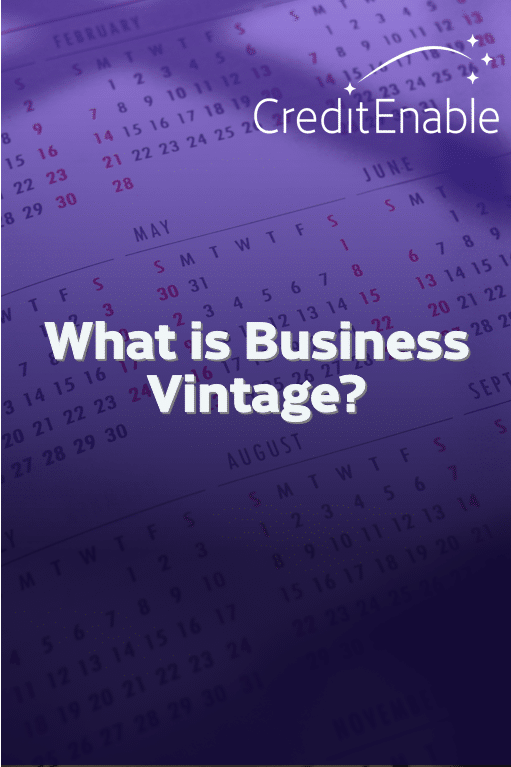
When searching for the perfect business loan for your business, you may have come across the term “business vintage” on at least one lender’s website. Usually, the word “vintage” refers to the old age of something. Similarly, in business finance terms, vintage refers to the age of your business.
Read on to find out what business vintage means and why a higher vintage is needed to apply for a business loan.
What does business vintage mean?
Business vintage describes how long your business has been operating and when it was registered. It is a significant eligibility determinant for many business financing products offered by formal lenders, including Unsecured Business Loans.
If your date of starting operations is different from your date of registration, the lender will calculate your business vintage from your date of registration as written on a legal document.
Why is my business vintage important when I apply for an SME loan?
As an SME, you can apply for an unsecured business loan without any collateral, to finance your growth, handle operational expenses, and make investments. Having proof of your business vintage helps you get the business loan.
The higher your business vintage, the higher are your chances of getting a loan. Lenders use your vintage as a proxy for your business health. A vintage higher than 2 years indicates to lenders that your business plan is viable, your business has had enough to work out the kinks and develop a customer base for itself, and that your business is likely in a financially sound place.
So, with a higher vintage, your business may be eligible for a higher loan amount, lower ROI, and longer loan tenure.
Technicalities of business vintage:
Though it sounds straightforward, business vintage comes with a few guidelines to determine it. When talking about your business’s operational years, you need to provide lenders with legal documentation that can support the number of years your business has been operating.
A business registration document issued by the Municipal, State or Central authorities can be used as proof of your business vintage. Below is a list of some documents commonly used by lenders to verify your business vintage:
- Udyam Aadhar (Udyog Aadhaar)
- Certificate of Incorporation
- Shop Act License or Gumasta Certificate (Establishment Registration)
- GST Certificate
- Labour license
- FSSAI Registration
- Trade Licences
Learn why registering your business is important to determine your business vintage.
CreditEnable Tip:
Your business vintage is calculated from the day you registered your business and not the day you started your operations. You may have started your operations a while back, but if you registered your business one month ago, your business vintage is only 30 days.
Why do I need to prove my business vintage when getting a business loan?
When applying for a business loan, you need to provide lenders with a few supporting loan documents. Your proof of business vintage is one document that helps lenders decide whether to lend to you. Businesses with a vintage above 2 years show the potential to repay the business loan. It helps lenders determine your business’s growth and stability and your financial situation and prospects.
Many lenders have a business vintage criterion of at least 2- 3 years though businesses with a vintage of at least 1 year may still qualify for a few business loan products from formal lenders if you meet all the other eligibility criteria.
CreditEnable partners with 25+ leading Indian lenders to provide financing solutions to SMEs across India. Our lender partners offer a mix of SME financing products that have minimum business vintage requirements ranging from 1-3 years.
Our lending partners use your business vintage along with your credit history to assess your business’s financial health before lending. So, if you are in the market for business funding and have a business vintage of at least 1-2 years, we may be able to help you!
Click here to apply for a business loan with CreditEnable!
Business Loans. Enabled Simply.
